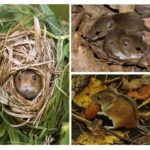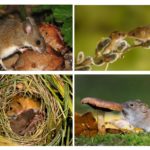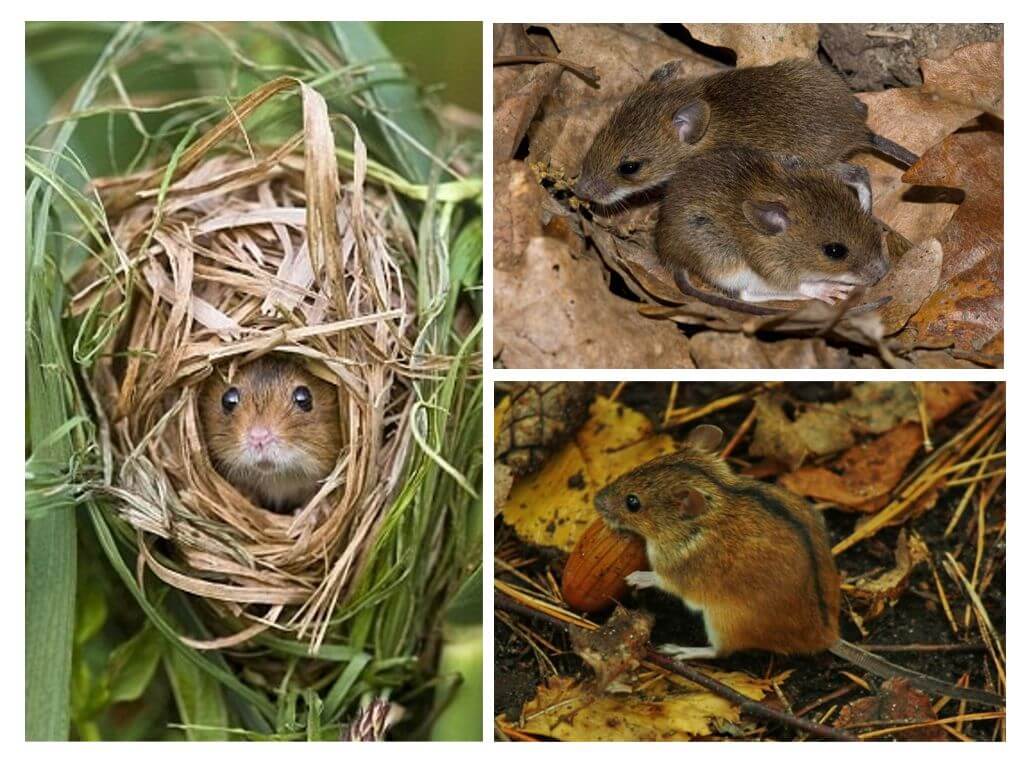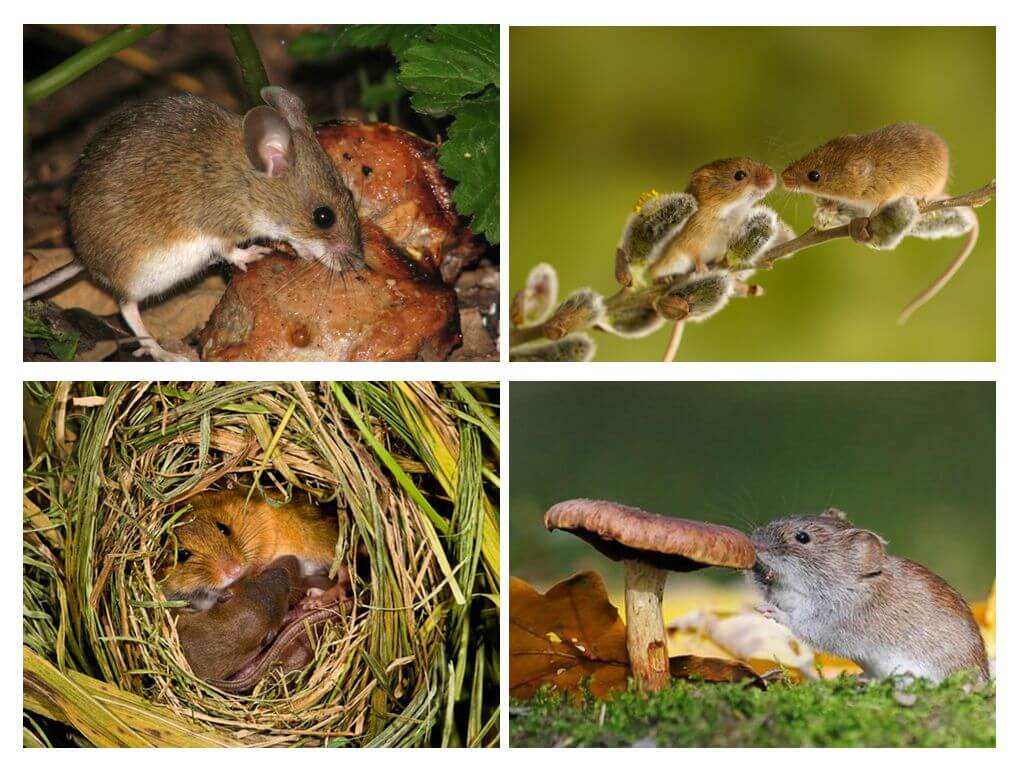Forest mice
Content
- Forest mouse
- Forest mouse lifestyle
Rodents are pests. They destroy seeds and trees, spoil food stored in storerooms and barns, suffer serious diseases. The forest mouse is no exception. And although the animal rarely lives in the neighborhood of a person, it does no less harm than its fellows - the field and house mouse.
What it looks like
Forest mice are larger than rodents living next to humans. The size of their body reaches 10 centimeters in length, but some individuals grow up to 12 cm. The tail of animals equals the length of the body, but sometimes it can be a little more or a little less. The weight of the animals reaches 25 grams.
Forest rodents in appearance strongly resemble voles and house mice.But there are still many differences between animals. Differences in the structure of mice between other species are clearly visible in the photo of the forest mouse:
- The animal has a brown or red color. The tummy is white, and on the back is a blurred dark speck.
- The ears are large and elongated.
- Eyes resemble black beads.
- Between the front paws is often located a red spot.
The muzzle of forest mice is elongated, and its size is rather large relative to the body.
The following features distinguish a forest mouse from other species:
- From the vole it is distinguished by the absence of a black band on the back.
- From the house species lack of cloves on the upper incisors.
- From the Asian mouse - white belly.
- From the mountain it differs in smaller body size.
Allocate such a species as a small forest mouse. Her description is similar to a forest mouse, but the pile and tail of the baby are longer.
Where lives
Wood mouse prefers to settle among the trees and bushes. It is distributed throughout Russia, except in the Far North regions. It's too cold for the animal.
Interesting!
Forest mice live everywherewhere there are coniferous-deciduous forests. Animals can be found in the Caucasus, in Turkey and Eastern Europe, in northeastern Kazakhstan and in China.
Not always the animal lives in the woods. Some individuals settle in the steppes.There they make mouse holes in foliage and shrubs.
Forest mice can equip "houses" in:
- tree hollows;
- among the roots and dense foliage;
- in fallen leaves.
Animals arrange a system of moves and holes, creating storage rooms for supplies and mink for breeding. In winter, forest mice can settle near the person.
What feeds on
Forest mice prefer to gnaw acorns and nuts. The animal diet is vegetable, but sometimes the animal is hunting insects. In general, mice eat the following foods in the forest:
- berries;
- green leaves;
- seeds and grains;
- insects.
If the rodents become too much, then they cause irreparable harm to nature by eating all the seeds of deciduous plants.
Interesting!
Many are concerned about the question of what a wood mouse eats when its supplies for the winter run out, and before the first berries and seeds appear far. During this period, the rodent can eat young leaves or trying to move closer to the human food reserves.
In the cold season, food ends. Numerous supplies that forest mice make in spring and summer help them survive the difficult winter time.In the mammalian cells can be from three to five kilograms of different feed.
Pests are not averse to eating wild mushrooms. For food, they choose fresh plants that are not affected by pests. If a mammal finds an egg laying without protection, it will not resist the temptation and open the thin shell.
Breeding
The animal is ready to mate only in the warm season. In regions with a warm and mild climate, forest mice become pregnant more often, because of this they are more common in these areas.
The female is able to give birth from two to four times a year. Before giving birth, she sets up a mink and prepares food supplies. Babies appear on the 20-25 day of pregnancy completely bald, blind and deaf.
Interesting!
One of interesting facts about mice this is that the female has six nipples and the number of calves born does not exceed six. Sometimes a pest gives birth to four babies.
Mice grow and develop quickly. Having reached the age of one month, they begin to earn their own food. From adults, they are distinguished by a dimmer color and smaller sizes.
On a note!
Three-month-old animals are ready to mate and carry babies.
Most females give birth to babies in the first year of their lives. Due to such rapid reproduction, the population of pests can greatly increase. Therefore, the foresters manage to ensure that they have enough of their natural enemies: birds of prey and foxes. These animals belong to those who feed on mice in the forest. Predators prey on forest mice and thereby control their numbers in nature.
Lifestyle
The forest species of the rodent shows great activity in the warm season. At this time, he multiplies and makes supplies that should help him winter.
In winter, pests do not fall into hibernation. But they are active only a few hours a day.
Feed the animals as follows:
- In early spring, they feed on last year’s seeds and seeds.
- Green leaves gnaw in the middle of spring, when everything starts to turn green.
- At the beginning of summer, mice eat berries and fresh seeds.
- In August, the animals again lay down on the greens and open the hunt for insects.
- In the autumn and in the winter, the mammal gnaws seeds and grains.
Rodent stocks are made in burrows, hollows and between the roots of trees.
Value for nature and man
Rodent is a pest.He destroys the seeds of plants, including crops. Mouse nibbles apple bark and young shoots, which leads to a decrease in yield or even death of plants. A large population of animals can destroy all the seeds of deciduous trees.
On a note!
The animal does not only destroy plants and grains. It carries many dangerous infections: paratyphoid fever, erysipelas, tularemia.
But it is impossible to completely destroy mice. In the forest, they form the basis of food for birds of prey and snakes. And in the winter season, foxes hunt for the forest mouse species. Without a sufficient number of rodents, these animals will die from hunger.









